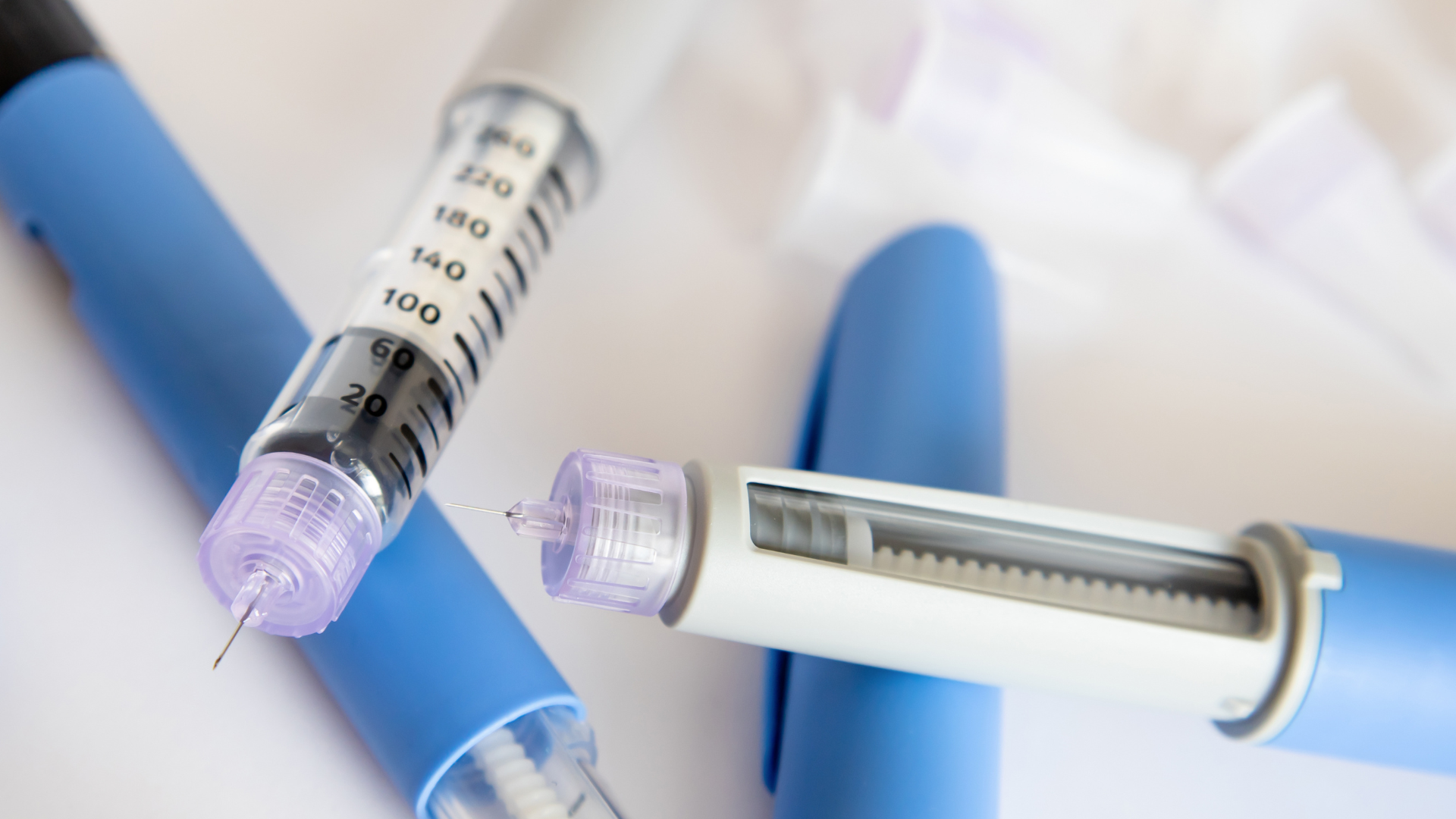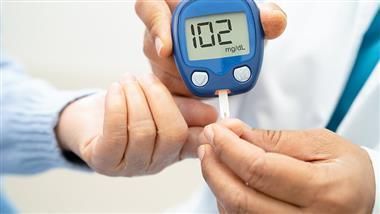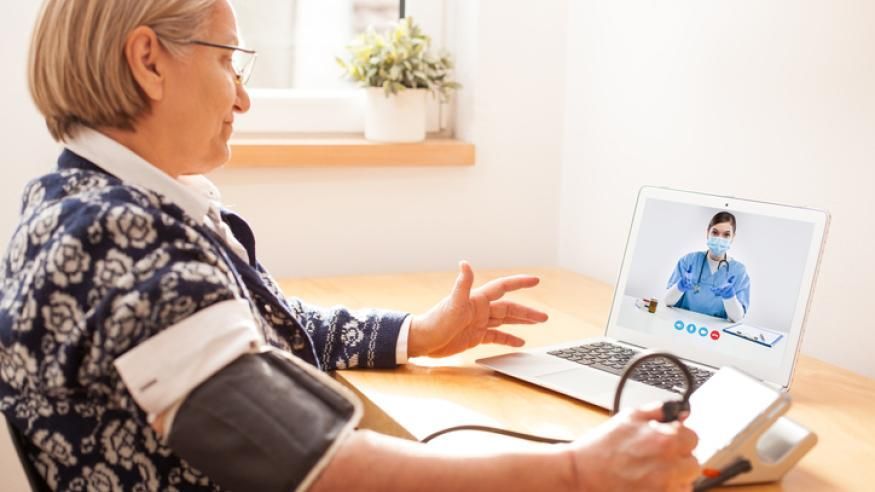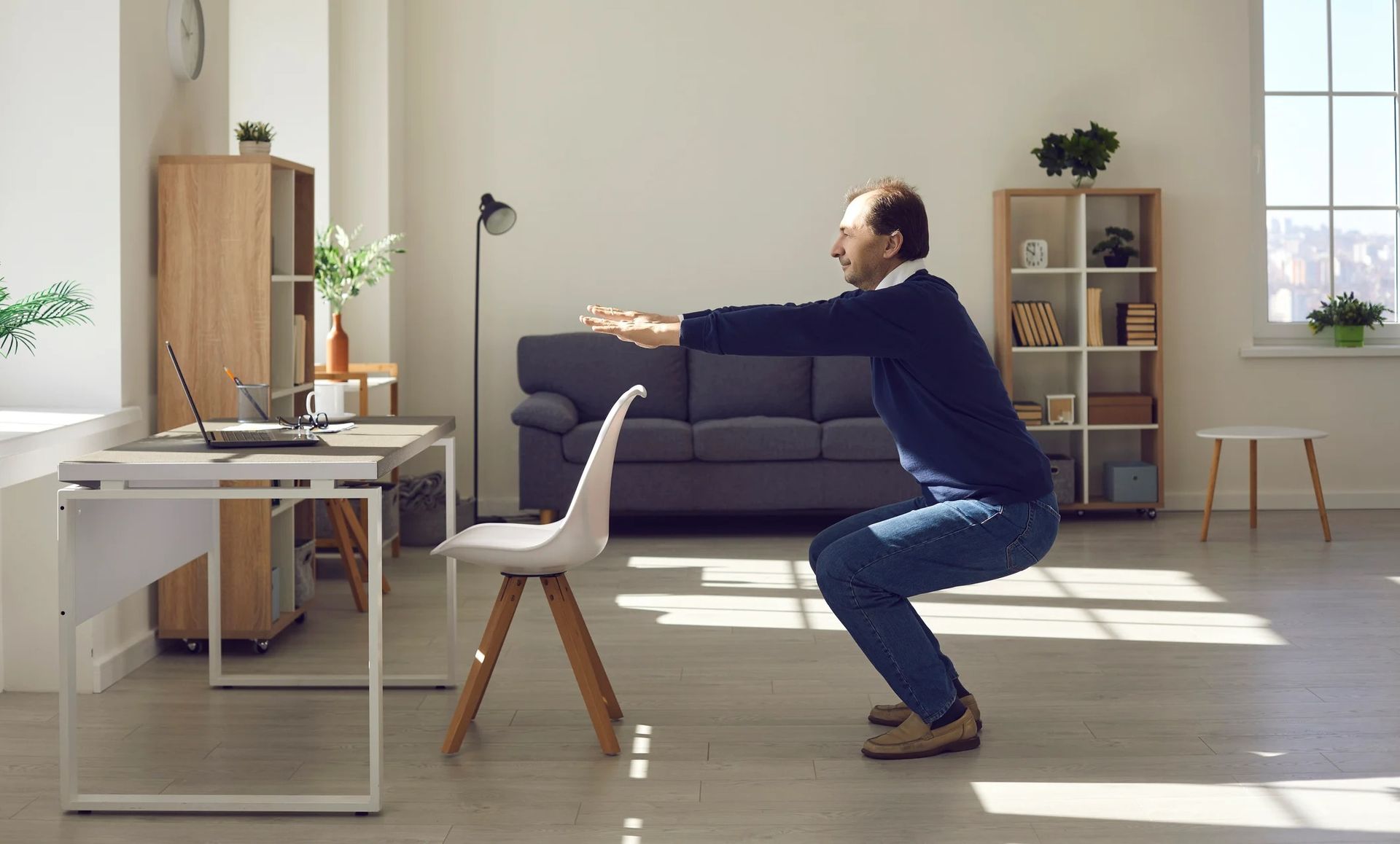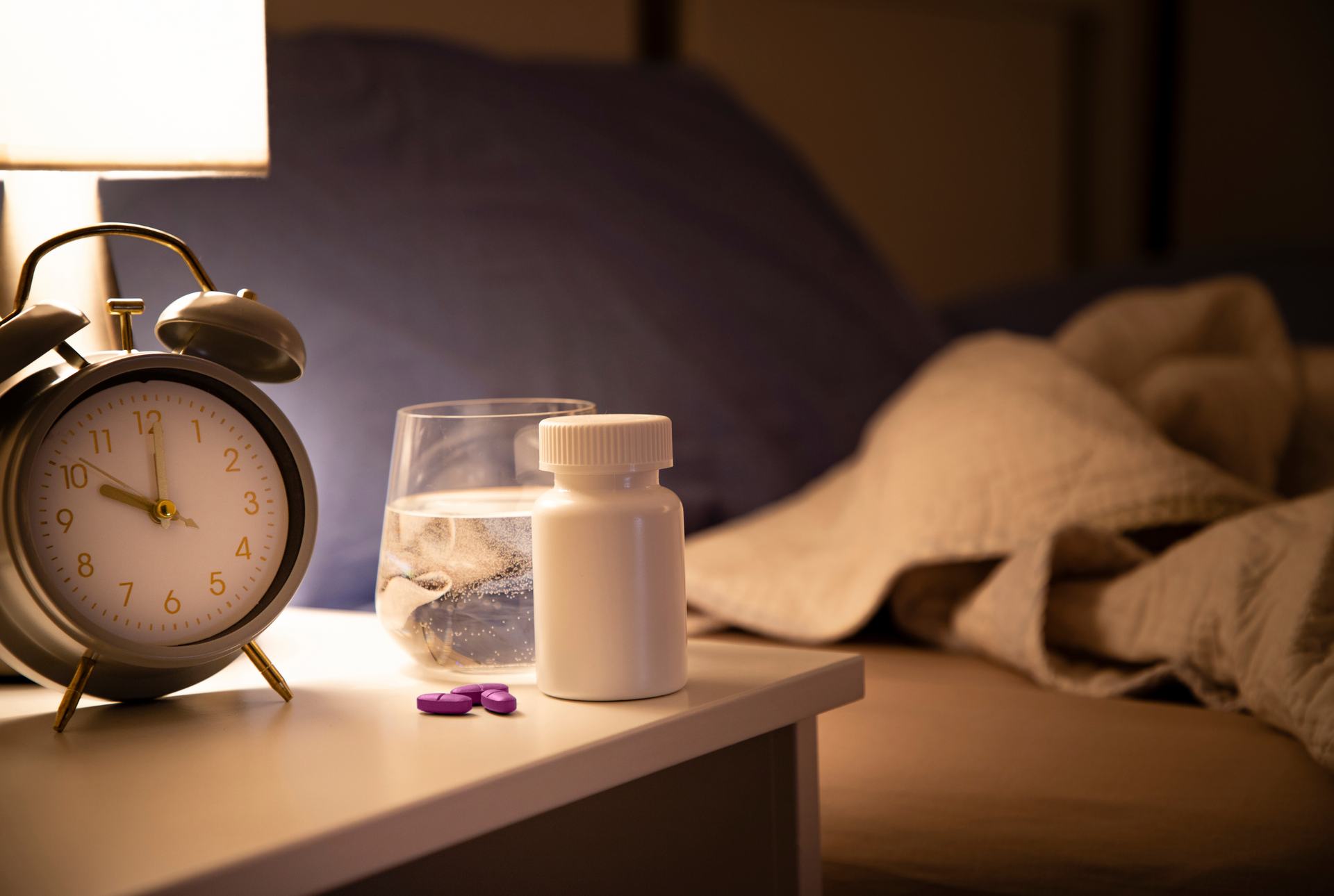Diabetes-Friendly Cocktails For Your Holiday Party
Diabetes-Friendly Cocktails For Your Holiday Party

Here are some fun low-carb drink recipes that are sure to spice up your holiday party – along with advice on how to stock your diabetes-friendly home bar.
If you love a good party, this one's for you! Navigating holiday food can be stressful when you’re living with diabetes, and then there are holiday cocktails on top of that. How many carbs are in a Christmas Mule? First, what is a Christmas Mule? Unless you’ve got a background as a bartender, the carb counts of most drinks are anyone’s guess, and it also depends on who’s doing the pouring.
When you’re the host, you’re in control, and you can keep your cocktail party diabetes-friendly. Here’s a guide to stocking the bar for your next holiday party so you can keep your blood sugars in balance while you enjoy an adult beverage.
Carb content of alcoholic beverages
Here’s how broad classes of alcoholic beverages break down in carbohydrate content:
Beer
- Standard beer: 13 grams of carb in a 12-oz serving
- Light beer: 6 grams of carb in a 12-oz serving
- Ultralight beer: 3 grams of carb in a 12-oz serving
Wine
- Dry wine: 4 grams of carb in a 5-oz serving
- Sweet wine: 14 grams of carb in a 5-oz serving
- Port: 14 grams of carb in a 2-oz serving
Spirits
- Vodka, rum, whisky, and bourbon contain no carbs (though they have approximately 100 calories per 1.5-oz serving).
Drinking Alcohol Safely with Diabetes
As you can see, if you stick to light or ultralight beer, dry wine, and spirits, you can keep your carb intake relatively low while enjoying an adult beverage. In fact, alcohol consumption (without added carbs) tends to cause low blood sugar and can lead to hypoglycemia if you are not careful. However, it’s the mixers (such as soft drinks and juice) that tend to cause blood sugar spikes for people with diabetes. When you drink, make sure it is in moderation and avoid becoming too intoxicated. Being drunk impairs your judgment, including interfering with your decision-making when it comes to managing diabetes. Plus, being drunk can look like hypoglycemia, so friends and family members might think you are drunk based on your behavior, when you are actually experiencing hypoglycemia and are in danger.
Because of all this, drinking alcohol can be especially complicated for people with diabetes. Avoiding alcohol is the healthiest choice for people with or without diabetes (and no matter what, it’s illegal to drink alcohol in the US if you are under the age of 21), however there are ways to do so safely.
If you do choose to drink, always make sure that you are with someone who is not drinking who can respond quickly in case you experience an emergency low (and provide you with either carbs or glucagon). In addition, if you have a continuous glucose monitor (CGM), use it – and make sure you have a care-partner who is also watching your glucose levels.
Finally, there are tips around eating and dosing insulin that you should keep in mind: have a meal with fat and protein beforehand, avoid drinking when dancing or exercising (this can cause your glucose to plummet), closely monitor your glucose levels to help determine your insulin dosing (and you most likely should not bolus for alcohol). To learn more about staying safe while drinking, read, “Drink to That: How to Safely Consume Alcohol with Diabetes.”
Basics for your at-home, diabetes-friendly bar
I’ve included some basic, ready-to-drink beverages, and some fun recipes for those of you who want to get a little fancy and impress your friends. When you stock your bar with the following options, you’re sure to please everyone, whether they’re living with diabetes or just trying to stay healthy. Some basics include:
- Your favorite dry white wine. White wine is a good choice for those who may have trouble with the increased level of histamines and tannins in red wine.
- Your favorite spirits. Vodka, bourbon, whiskey – whatever your choice – can be served over ice or mixed with a zero-calorie diet soft drink for a very simple low-carb cocktail. And don’t forget a 1.5 oz jigger (the tool that measures out spirits).
- Ultralight beer. The options are expanding every day, so do some taste-testing and find one that suits you.
- For anyone who wants to enjoy the party with minimal preparation: Grisly’s Cosmic Black is a ready-to-drink gourmet cola and bourbon beverage with no carbs.
Recipes for low-carb cocktails:
The PB&G (Pepper, Basil & Gin)
Adapted from Nicolette Teo & Joel Blum of
LA Spirits Awards
An award winning, no-fuss cocktail.
Makes: 1 serving
Carbs: 0 grams
Ingredients
- Red bell pepper
- Fresh basil leaves
- Ice
- Gin
- Club soda or seltzer water
Directions
- Thinly slice a small amount of red bell pepper and muddle it in a cocktail shaker with a few fresh basil leaves.
- Fill the shaker with ice, add a half-ounce of gin* and club soda or seltzer to taste, and shake vigorously for 3 seconds.
- Strain over fresh ice into a frosted glass and garnish with additional red pepper strips and a sprig of basil.
*For a non-alcoholic cocktail, the authors recommend substituting gin for 2 oz of Damrak VirGin (a Silver medal winner in the 2021 L.A. Spirits Awards).
Low Carb White Russian
Courtesy of Melissa Collins at Perfect Brew
Chocolate and heavy cream. That’s all I need to know!
Makes: 1 serving
Carbs: 0 grams
Ingredients
- 2 tablespoons of Torani sugar-free chocolate syrup
- 3 ounces of heavy cream
- ¼ teaspoon of vanilla extract
- 1 ounce chilled brewed espresso
- 1 ½ ounce of vodka
Directions
- Use a cocktail shaker to combine all the ingredients.
- Add a moderate amount of ice and shake until it is chilled.
- Strain into a rocks glass and add ice.
- Serve.
Keto Hot Buttered Rum
Not low calorie, but definitely low carb. An indulgent winter treat!
Makes: 6 servings
Carbs: 1.5 grams per serving
Ingredients
- 2/3 cup (150g) butter
- 1 star of anise
- 1/2 tsp powdered ginger
- 1 tbsp cinnamon
- 1/2 tsp nutmeg
- 1/2 tsp allspice
- 1 tsp vanilla
- 1/4 cup (45g) brown sugar substitute
- 1 tbsp sugar free maple syrup
- 1/2 cup (125ml) water
- 1/2 cup (125ml) rum or bourbon
Directions
- In a deep pot, melt the butter over medium heat along with the star of anise.
- Stir in the ginger, cinnamon, nutmeg, allspice, vanilla, maple syrup and brown sugar.
- Make sure it is mixed thoroughly and then bring it to a simmer.
- Pour in the water (it will bubble a bit).
- Simmer for 10 minutes.
- Add in the bourbon and leave on the heat for an extra 2 minutes.
- Take off heat and serve!
Low Carb Christmas Mule
Adapted from The Spruce Eats
You didn’t think I’d leave you wondering, did you? This one is a snap.
Makes: 1 serving
Carbs: 0 grams
Ingredients
- 1 1/2 ounces pear vodka
- 4 ounces diet ginger beer
- 1 cinnamon stick
Directions
- In a small saucepan, heat the ginger beer gently for a few minutes. It should reach a very low simmer, but not a boil.
- Pour the vodka into a warmed Irish coffee glass or mug, then top with the warm ginger beer.
- Drop a cinnamon stick into the glass.
Serve and enjoy!
Healthy Bites



